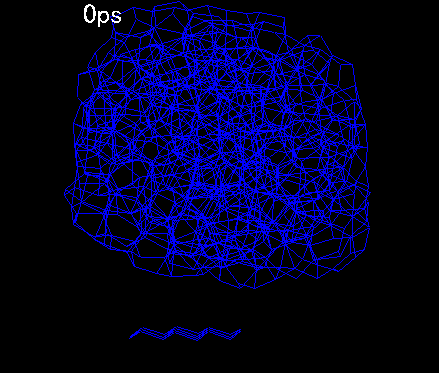_process section (discharge) for electrical nanotubes
nanoelectrical structure of hybridization (metal nanotube) and reaction with hydrogen and fluorine gas
Researcher and author: Dr. Afshin Rashid
Note: In the electrical structure of hybridization (metal nanotube), the reaction with hydrogen and fluorine gas, with the introduction of SP3, the electrification of the hybridization structure turns the metal nanotube into a semiconductor.
These reactions sometimes destroy the walls of nanotubes and lead to the formation of amorphous carbon or graphite layered structures. By hydrogenation of single-walled nanotubes, the semiconducting nature of SWCNTs increases at room temperature. Strong plasma or reaction at high temperature causes the wall of metal nanotubes to be etched. that semiconductor SWCNTs are not damaged. Therefore, it is very important to control the reaction conditions. In nanotubes, the reaction with methane plasma reduces the removal of metallic SWCNTs without destroying semiconductor SWCNTs. In the method of using hydrogen plasma Nano molecular material in which hydrogen plasma is used to convert metallic SWCNTs into with gas. After that, the nanotube is heated up to a temperature of 900°C to restore the metal nanotubes with structural defects. This process is a simple way to enrich the nanotube sample from metal nanotubes. The mass production of metal nanotubes can be done with more precise control of the reaction conditions, and ultimately increase the scale of production. It includes conductive films and transparent electrodes. preferably semiconductor nanotubes react gas Reactor inside the furnace at a temperature of 400 C,under neutral gas in the presence of gas;SO3 as with the reaction of SWCNTs semiconductor nanotubes. method can also be used for selective reactivity with By choosing suitable reactive gases, this FETS with half nanotubes. They become conductors, which is very important for the commercialization of high efficiency devices based on nanotubes. cause the in-situ and high-scale fabrication of TFTS andThese reactions, which are carried out in the gas phase, Semiconductor SWCNTs are used, and in this case, the walls of the nanotubes are not destroyed and engraved.
generally based on the rate of reaction, electrochemistry selective covalent metal nanotubes can be divided into two categories:
1_ First, the metal nanotubes are converted into a type of semiconductor , which causes the metal type to turn off The first reaction is accompanied by electron placement and loss of symmetry and an energy gap Creates metal nanotubes in Fermi alignment.
2_ The second reaction reduces all conjugated systems to a series of smaller aromatic compounds through opening bonds C-C transforms into a nanotube structure. The final result of both cases is obtaining semiconductor nanotubes that are suitable for making nanoelectronic equipment. .
In selective covalent reactions, the concentration of reactant is always important. And when the reactant concentration is high, both types of nanotubes are affected by reaction 4. For example, in the case of FETS, increasing the concentration of the reactant decreases the Off current, and as a result, the Off/On ratio reaches more than 7>105 increases. On the other hand, strong reaction reduces mobility, which is another important parameter for electronic equipment. Therefore, there should be a balance between the progress of the reaction and the final efficiency of the equipment.
Conclusion :
There are several bugs about covalance methods . First of all, most of the nanotubes are functionalized, and as a result, the electronic structure of SWCNTs is defective. Second, it is difficult to purify the product from amorphous carbon in the strong reaction. Most importantly, there is no covalent reaction after which (m,n) nanotubes can be formed uniquely. =9> made purification.
Researcher and author: Dr. Afshin Rashid
Specialized doctorate in nano-microelectronics




